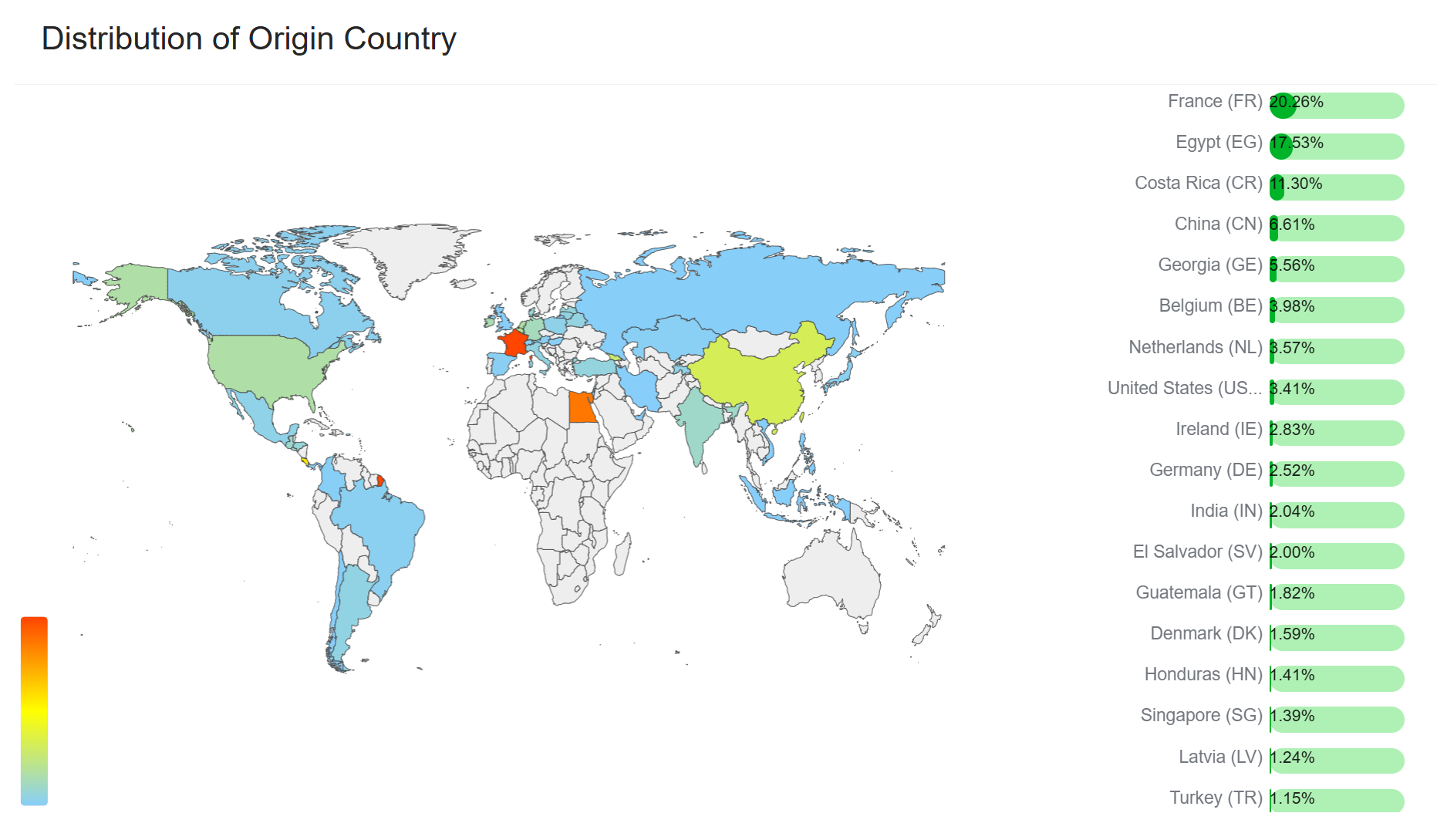
Market trend analysis involves examining historical trade data to identify patterns and trends that can inform future business strategies. Trade data provides valuable insights into market dynamics, helping businesses make informed decisions.
Buyer analysis involves leveraging trade data to gain insights into buyers' behavior, preferences, and purchasing patterns. This analysis helps businesses identify potential customers, understand existing customers better, and optimize their marketing and sales strategies.


Supplier analysis involves examining trade data to understand the capabilities, reliability, and performance of suppliers. This analysis helps businesses optimize their supply chain, ensure product quality, and build stronger supplier relationships.
Product analysis involves utilizing trade data to gain insights into product performance, market demand, and competitive positioning. This analysis helps businesses make informed decisions about product development, marketing strategies, and inventory management.
